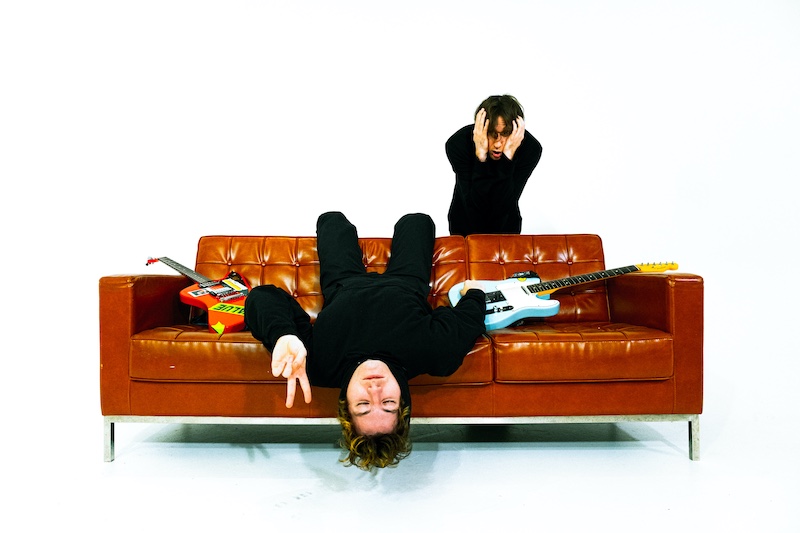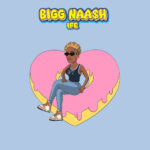For many years, music has set the standard for what is hot in fashion. If we think back to our childhood, we all remember who our favorite singers and bands were. As well as this, we also remember what they wore in their music videos, from J-Lo’s pink sweatshirt to every outfit the Spice Girls wore. And, if you did not have the opportunity to replicate their style with your own wardrobe at the time, there’s a good chance you dreamed about being able to.
However, this is not the only cultural link between music and fashion. If you want to find out more about the cultural connections between music and fashion, keep reading below:
Fashion Stereotypes
Evidence has shown that there are stylistic links between certain types of music and the expected attire of musicians and their fans. One example of this is heavy metal fans. These hardcore fans are associated with leather, denim, and big black boots. On the other hand, Punk fans are associated with graphic tees and shredded clothes.
Another excellent example of a fashion stereotype is pop fans from the early 2000s. If we look at these fans, we will notice them wearing a completely different set of clothes from the ones mentioned above. In fact, you will likely see them dressed in Y2K clothing, such as a Y2K dress. Y2K clothes and Y2K outfits are the perfect throwback to the early 2000s as they incorporate all of the fashion trends back then, including feathers, shiny plastic accessories, and fuzzy textures.
Branding for Musicians
Fashion has been a defining feature of music culture for a long time. In fact, almost all musicians use fashion to make them stand out from other similar artists. They create a unique style before using it as a marketing technique for their music. One example of this is Avril Lavigne with her ‘skater girl’ appearance.
As well as this, in recent years, many musicians have introduced their own fashion lines or partnered with fashion brands. Some musicians are even paid to wear certain products or brands in their music videos. This strengthens the link between fashion trends and music.
Gig Culture
If you attend a music concert, you may notice that almost all the people attending the concert are wearing a similar thing. But why is this? Research suggests that many music fans wear clothing that shows their support for the musician or band they are listening to. As well as this, most fans like to feel part of the crowd, so they want to wear similar items to other fanbase members.
Examples of Subcultures Over the Years
There are many examples of the link between music and fashion. In fact, research suggests that this link was apparent even as far back as the 1920s. Back then, American Jazz music was heavily featured in clubs and speakeasies. The jazz musicians of this era created the flappers’ style. This style is associated with loose clothing and short dresses. It was introduced as a way to rebel against the restrictive Victorian fashion trends that came before it.
Another example of a subculture worth mentioning is the ‘Mod’ or modernist subculture. This subculture first began in London back in the 1950s. However, research has shown that it continues to influence the fashion world today. Mods were well known for growing their hair long, wearing tight-fitted suits and were associated with modern soul and jazz music. While this style did go out of fashion for a brief period, it was revived in the 90s by Brit-pop bands such as Oasis and Blur.
In the 1960s, we saw another subculture known as the ‘hippie’ movement. This subculture promoted both a boho lifestyle and the rejection of mainstream ideals. Hippies would often choose to avoid mainstream clothes shops altogether and instead would make their clothes from scraps or purchase second-hand items. The result of this was a more relaxed, flowy style. Popular items of clothing during this period were long skirts, bell-bottom jeans, and blouses. While this style may not be as popular today as it was in the 1960s, we can still see some aspects of the hippie style. However, these items tend to be slightly less rebellious and more mainstream than they used to be.
These are just a few examples of the link between fashion and music, but there are also many more that are worth noting, including glam rockers, punk, skinheads, goths, emo and bikers. Today, almost everyone is aware of the links between fashion and music. However, many people don’t realise they have been linked for hundreds of years. While this may be true, this is not surprising to hear, given that they are both powerful means of self-expression and creativity in our society and culture. Fashion shapes music and vice versa.













